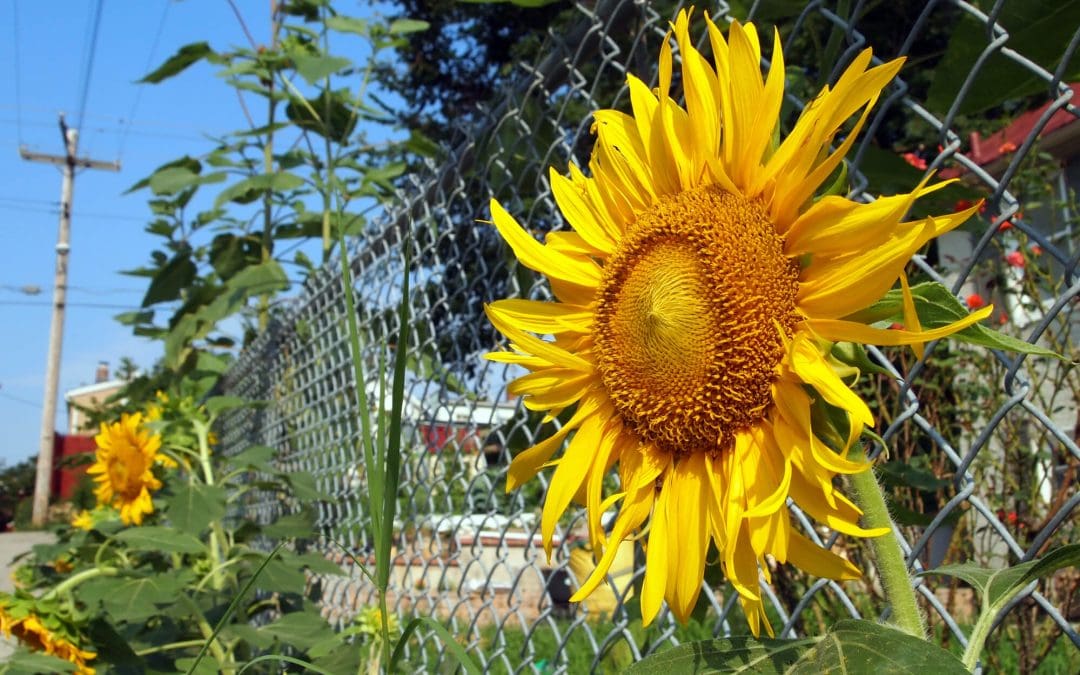Installing a new fence around your property can be an exciting home improvement project. A fence adds privacy, boosts curb appeal, enhances security, and can even increase your property’s value. However, successful fence installation requires careful planning to ensure you choose the right materials, design, and layout. This guide will walk you through the essential steps to take when planning for a new fence.
Determine the Purpose of Your Fence
Before deciding on the type of fence to install, it’s important to clarify why you need it. Is your goal to increase privacy, keep pets or children safe, or enhance the aesthetics of your home? Each purpose has different fencing requirements. For instance, a privacy fence might need to be taller and more solid, while a decorative fence might prioritize appearance over functionality. Understanding your fence’s primary purpose will guide you in making the right decisions regarding materials, height, and placement.
Know Your Local Regulations and HOA Rules
Every municipality has regulations regarding fence installation, including height restrictions, property line setbacks, and material limitations. Before breaking ground, check with your local zoning department to understand these rules. If you live in a neighborhood governed by a Homeowners Association (HOA), review your HOA’s guidelines as well. They might have additional rules regarding the fence’s appearance, color, and maintenance. Failure to follow these regulations could result in fines or the need to tear down your new fence.
Consider Your Fence Materials
Choosing the right material is a critical decision that affects your fence’s durability and appearance. There are several materials to choose from, each with pros and cons.
- Wood is a classic option that offers privacy and natural beauty. However, it requires regular maintenance, such as staining or painting, to prevent rot and weathering.
- Vinyl is a low-maintenance alternative to wood, offering durability and a clean, modern look. It’s resistant to pests, rot, and weather damage but typically costs more.
- Metal fences, like aluminum or wrought iron, provide security and a decorative element. While they are highly durable, they don’t offer much privacy unless combined with other elements like plants or panels.
- Chain link is affordable and easy to install but is not ideal for privacy or aesthetics.
Selecting the right material depends on your budget, style preferences, and how much maintenance you’re willing to commit to over the years.
Set a Budget While Planning for a New Fence
Once you’ve decided on the material, it’s time to set a budget. Fence installation can vary widely in price depending on the material, length, and additional features like gates or custom designs. Getting estimates from multiple contractors is a smart move to ensure you’re getting a fair price. When budgeting, factor in the installation costs and long-term maintenance. Wood, for instance, might be less expensive upfront, but its ongoing maintenance costs can add up over time.
Measure and Map Out Your Property
Before installation, you’ll need to accurately measure your property lines and decide where the fence will be placed. This is crucial to avoid any disputes with neighbors and ensure your fence complies with local laws. It’s a good idea to hire a surveyor if you’re uncertain about your property boundaries. After confirming your property lines, you can mark where the fence will go, including gates or access points, so the installation team knows exactly where to work.
Plan for Gates and Access Points
Every fence needs gates, but their placement and size depend on how you intend to use them. Consider how many access points you’ll need and whether these gates will be wide enough for lawn equipment or other larger items to pass through. Gates are often a focal point, so consider adding decorative elements or choosing a style that complements the rest of your home’s exterior.
Think About Fence Height and Design
Height is another important factor in fence planning. The height of your fence should correspond to its purpose. For privacy, a fence between six to eight feet is ideal. If you’re installing a decorative or garden fence, you may only need it to be three to four feet tall. Keep in mind that taller fences may require additional bracing or materials to remain structurally sound.
Design plays a key role in how your fence complements your home. Choose a design that suits your home’s architectural style and the overall look of your yard. For a modern home, a sleek horizontal slat fence might look best, while a classic picket fence is ideal for a traditional house.
Consult With Your Neighbors When Planning for a New Fence
It’s a good idea to inform your neighbors of your fence installation plans, especially if the fence will be installed along a shared property line. While you’re not legally obligated to do so in most cases, it’s a courteous gesture that can help prevent potential disputes down the road. Additionally, your neighbors may be willing to share the cost if they’ll benefit from the fence as well.
Hire a Professional or DIY?
Deciding whether to hire a professional or take on the installation yourself depends on your skill level and the complexity of the project. Professional fence installers can ensure that the job is done correctly and in compliance with local regulations. They also have the equipment and expertise to handle challenges like uneven terrain or difficult soil conditions.
However, if you’re a seasoned DIYer, installing a fence yourself can save money and give you the satisfaction of completing a large project. Be sure to research your chosen material and gather the right tools before beginning.
Plan for Maintenance While Planning for a New Fence
No matter which fence material you choose, it will require some level of maintenance. Wooden fences need regular staining or painting to protect against rot, while vinyl fences may require occasional cleaning to keep them looking fresh. Metal fences, like wrought iron, may need rust protection treatments. Planning for maintenance will help you keep your fence looking great for years to come.
A well-planned fence installation can enhance your home’s value, appearance, and functionality. By taking the time to assess your needs, budget, and local regulations, you’ll ensure that your new fence meets your expectations and stands the test of time. Whether you choose to DIY or hire a professional, thoughtful planning is the key to creating a fence that works for you.
FAQs for Planning for a New Fence
How can I enhance the security of my new fence?
To enhance security, consider using materials that are difficult to climb or cut, such as metal or high-quality vinyl. Adding features like anti-climb spikes, security cameras, or motion-activated lights near the fence can further increase security. Ensure that gates are equipped with sturdy locks and that the fence is properly anchored to prevent unauthorized access.
What should I consider when installing a fence near a water source or drainage area?
When installing a fence near a water source or drainage area, ensure that the materials you choose are resistant to water damage and decay. Avoid placing fence posts directly in areas prone to flooding or constant moisture, as this can lead to premature deterioration. Proper drainage around the base of the fence and using water-resistant materials can help mitigate these issues.
How do I handle fence installation on a shared property line with a neighbor?
For a shared property line, open communication with your neighbor is key. Discuss your plans, share design ideas, and address any concerns they might have. It’s often beneficial to come to a mutual agreement on the design, height, and materials. You may also want to draft a written agreement outlining the responsibilities and costs associated with the fence installation.
What are some common pitfalls to avoid during fence installation?
Common pitfalls include poor planning, such as not considering local regulations or failing to measure property lines accurately. Other issues include inadequate preparation of the site, such as not addressing uneven terrain or poor drainage, which can affect the fence’s stability. Avoid rushing the installation process and ensure that all materials and construction methods are appropriate for your specific needs and local conditions.
House Doctor Home Inspection provides home inspections to customers in Rhode Island. Contact us to schedule our services.

